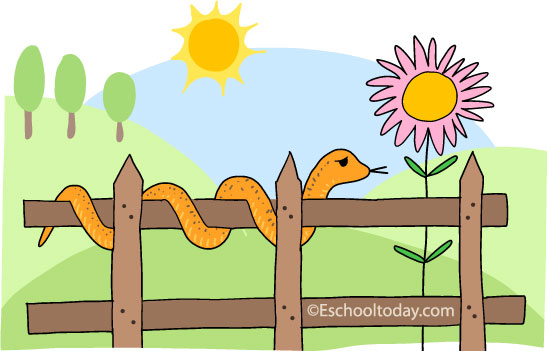- Needs of living things
Living things need sunlight
The sun is the source of all energy, heat, and light. The amount of sunlight in an area determines what living thing can survive there.
For example, the upper part of the sea or ocean receives a lot of sunlight. It is, therefore, warmer than the ocean floor, which has little or no light at all. Therefore living things closer to the surface is very different from living things on the ocean floors.

Plants:
Different plants require different amounts of sunlight to survive. For example, ferns need less light, but dandelions need a lot of direct sunlight.
All plants use sunlight to make food (sugars) in a process called photosynthesis. They store the food in their leaves, and the energy flows to other animals that eat the leaves. When leaves fall, decomposers in the soil work on it, with the help of moisture and heat from the sun.
Animals:
Sunlight is vital for all animals, even though different animals need different amounts of sunlight and in different ways. For example, many mammals and reptiles such as snakes, turtles, and lizards come out during the day to bask in the sun to raise their body temperatures and become active. At the same time, some animals like bats run to hide when the sun comes up to escape the heat. But they too, need the sun. Do you know why?
Indirectly, many nocturnal animals (night animals) need light too. When they come out in the night, they feed on living things that got energy from the sun. Here is another example: Animals at the ocean floors depend on organic matter (dead plants and organisms) that sink to the floor from the surface. Such organic matter contains energy that was first produced by the sun.
The amount of sunlight that living things are exposed to triggers the migration of some birds and also aids flowering and pollination. Without this natural variety, living things will not function properly.
